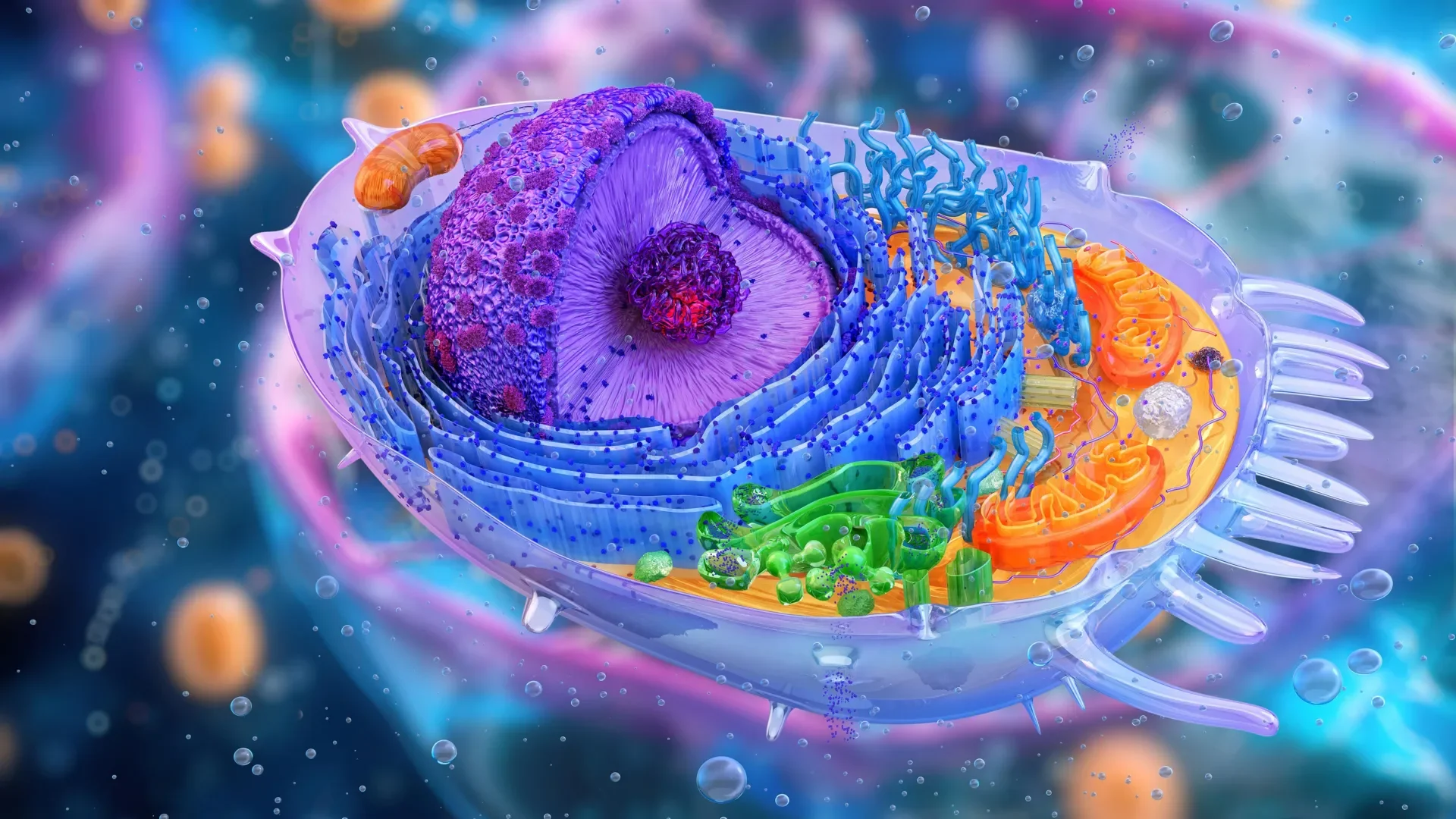Researchers have developed an AI tool, DOLPHIN, that analyzes genetic data at an unprecedented level of detail, revealing previously hidden markers for diseases like cancer. This innovation promises earlier diagnosis and more personalized treatments.

October 1, 2025

Source:
Where Tech Meets Bio
AI Tool Reveals Hidden Disease Signatures
A new artificial intelligence tool developed by researchers at McGill University can detect hundreds of previously invisible genetic markers for diseases like cancer. The tool, named DOLPHIN, operates at the single-cell level, offering a path to earlier diagnoses and more personalized therapies.
The research, published in the peer-reviewed journal Nature Communications, addresses a key limitation in traditional genetic analysis. Current methods often aggregate data at the gene level, masking subtle variations within individual cells that can signal the onset of disease.
DOLPHIN overcomes this by providing a much higher-resolution view of cellular activity, uncovering signatures that were previously hidden in the noise of bulk data.
Keep up with the story. Subscribe to the PR+ free daily newsletter

Source:
ScienceDaily
A Deeper Look at the Genetic Level
DOLPHIN's innovation lies in its ability to look beyond the gene and analyze its smaller components, known as exons.
Analysis Beyond the Gene
Traditional tools summarize genetic activity at the gene level, which can miss crucial differences in how genes are expressed. DOLPHIN examines the exon level—the specific segments of a gene that code for proteins. This granular approach allows it to identify subtle but biologically significant patterns inside single cells.
Deep Learning and Graph Models
The AI tool represents genes as complex graphs, capturing the intricate relationships between exons and splice junctions. By applying deep learning to these graphs, DOLPHIN can detect nuanced changes in gene expression that are hallmarks of complex diseases. This method provides a more accurate and detailed picture of cellular health, drawing insights from single-cell transcriptomics.
Read More

Source:
Nature
Share this news:



















